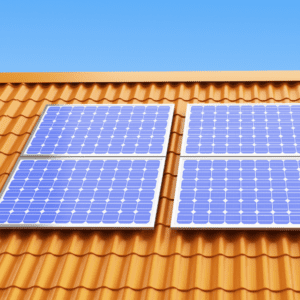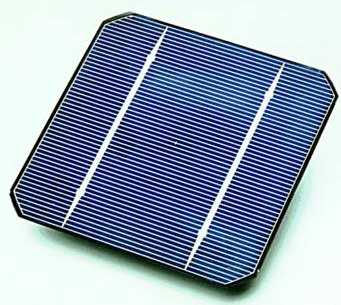
Installing Solar on Metal Roofs in Brevard County
Metal roofs are the perfect platform for solar panels if installed correctly.

Photovoltaic cells convert light into electrical current using semiconductors. The process works by converting photons (light particles) into electrons that flow through wires.
Solar cells convert light into electricity by using the photovoltaic effect. This process works when photons (light particles) hit the solar cell and knock electrons loose from atoms in the material. These free electrons then move through wires and produce electricity.
Living in the sunny Space Coast, installing a solar power system makes in 4 major ways.
Give us a call at (321) 576- 6156 or email us today here>>

Metal roofs are the perfect platform for solar panels if installed correctly.

Discover the top tips and tricks for making your home energy efficient with this comprehensive guide. Start saving money and reducing your carbon footprint today!